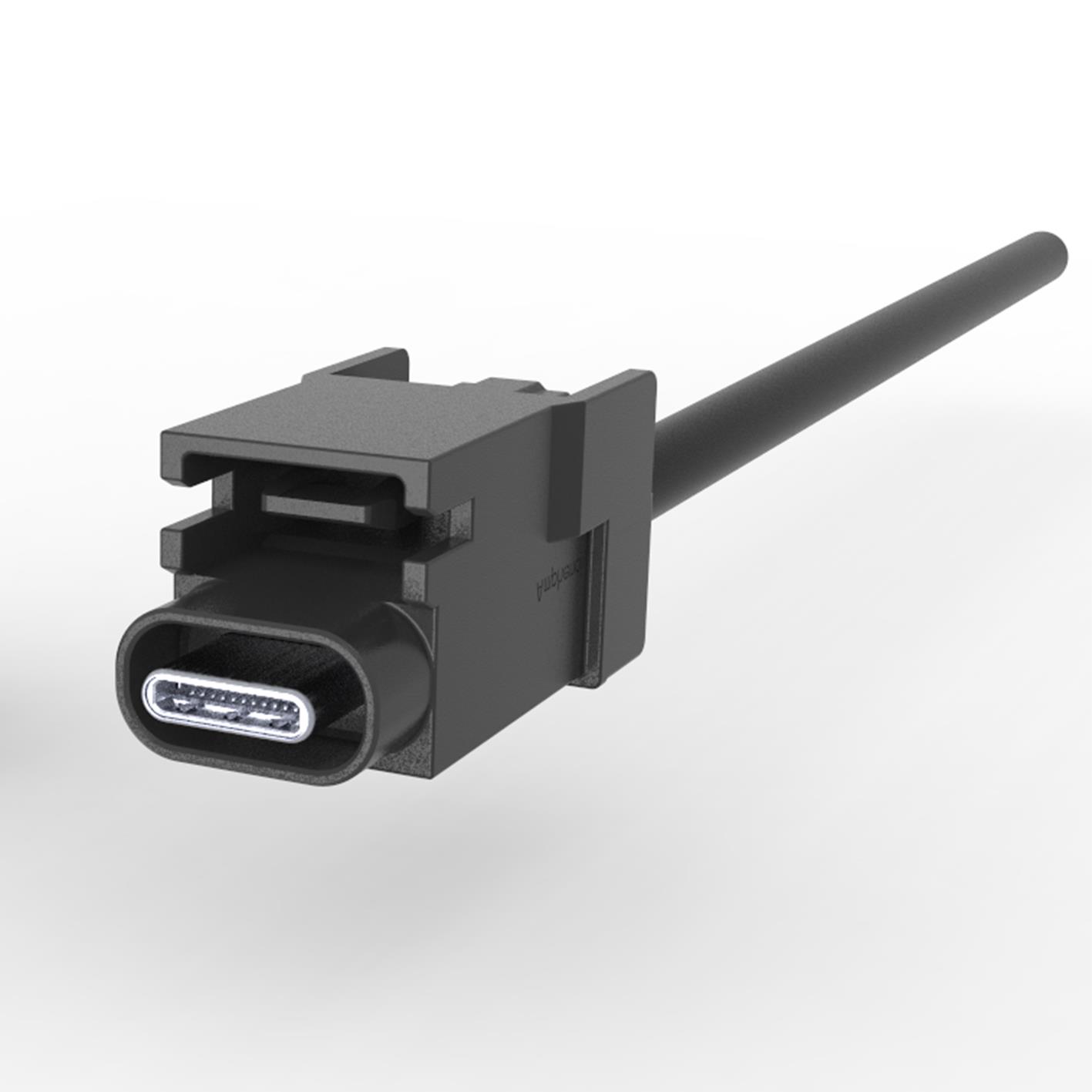
Amphenol Communications Solutions
Amphenol Communications Solutions is a leading provider of advanced communication infrastructure solutions for various industries, including telecom, broadband, and wireless networks. The company offers a wide range of products and services that are designed to meet the specific needs of its customers, including fiber optic connectors, cable assemblies, antennas, and RF components. With a strong commitment to innovation and customer service, Amphenol Communications Solutions is renowned for its ability to deliver high-quality connectivity solutions that enable seamless data transmission and network performance. The company's comprehensive engineering support and customization capabilities allow for the creation of tailored solutions that align with the unique requirements of clients, ensuring optimal results. Additionally, Amphenol Communications Solutions places great importance on quality and safety, upholding strict manufacturing standards and adhering to international regulations. With a global presence and a vast distribution network, the company provides exceptional technical support and prompt service to customers worldwide. As communication technology continues to evolve, Amphenol Communications Solutions remains at the forefront, driving innovation and delivering cutting-edge solutions that enable businesses to stay connected and thrive in today's digital landscape.
USB Cables
Results:
45
Series
Length
Configuration
Specifications
Color
Transfer Rate
Features
Shielding
Wire Gauge
Results remaining:45
Applied Filters:
Amphenol Communications Solutions
About USB Cables
USB cables are widely utilized for transmitting data between devices or for powering and charging electronic devices. These cables feature USB interconnects on one or both ends, enabling seamless connectivity with various devices, particularly computers and external peripherals.
USB cables come in different configurations, lengths, specifications, wire gauges, shielding options, and styles, ensuring compatibility and optimal performance in diverse scenarios.
The configuration of USB cables refers to the arrangement of connectors at each end. Common configurations include female to female, female to male, male to male, female to cable, and male to cable. Each configuration serves specific purposes depending on the desired connection setup.
USB cables utilize different types of USB connectors, such as USB-A female/male, USB-B female/male, micro B female/male, micro A female/male, C female/male, mini A female/male, mini B female/male, and power male plug. These connectors have distinctive shapes and sizes, allowing them to interface with corresponding ports on devices.
The length of USB cables can vary to accommodate different spatial requirements and connectivity distances. They are available in various lengths, ranging from short cables suitable for close-range connections to longer cables that provide flexibility and convenience when devices are physically distant.
Specifications of USB cables may include data transfer rates (such as USB 2.0, USB 3.0, or USB 3.1), power delivery capabilities, and compatibility with specific USB standards.
Wire gauge refers to the thickness of the wires inside the cable. Different wire gauges offer varying levels of electrical conductivity and durability.
Shielding is an important feature in USB cables, as it helps reduce electromagnetic interference (EMI) and ensures reliable data transmission.
Lastly, USB cables exhibit different styles and designs, allowing users to select the most suitable option based on their preferences and needs.
In summary, USB cables are versatile tools that enable data transmission, power delivery, and charging for electronic devices. With various configurations, lengths, specifications, wire gauges, shielding options, and connector styles, these cables provide flexibility and compatibility across a wide range of applications.


